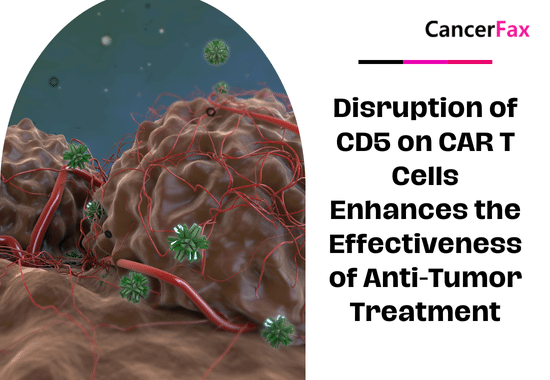The survival rate of pancreatic cancer is very low. In the past 40 years, the survival rate has not changed significantly. Finding effective treatments is an urgent challenge for researchers. For many years, tamoxifen has been used to treat breast cancer because it inhibits estrogen to stimulate breast tumor growth. Recently, studies have shown that tamoxifen may be used to treat pancreatic cancer. The research team proved that tamoxifen can help change the physical environment of mouse tumor growth, regulate scar tissue development, inflammation and immune response. The research results are published in “EMBO Report”.
Pancreatic cancer, like most solid tumors, is surrounded by a large amount of connective tissue. The stiff scar-like tissues are like scaffolding around tumors. They block the delivery of drugs by preventing chemotherapy drugs from reaching the tumor. They also regulate the growth and spread of tumors. The formation of connective tissue in pancreatic tumors is driven by pancreatic stellate cells (PSCs), which are strengthened by the application of physical force and remodeling of the tissue structure.
When the researchers studied the mouse pancreatic tumor model, they discovered interactions between cells around the pancreatic tumor, and also studied how tamoxifen changed the physical environment around the pancreatic tumor. Tamoxifen has the ability to inhibit the connective tissue around PSC sclerosis tumors and prevent the surrounding environment from becoming hard. Tamoxifen regulates the immune response and can inhibit the invasion and spread of cancer cells. Moreover, the cells in the pancreatic tumor are exposed to very little oxygen, which creates a protective mechanism: when the oxygen level drops, the cell releases a molecule called hypoxia inducible factor (HIF), which helps cancer cells Survive under conditions. But tamoxifen can inhibit the production of HIF, making cancer cells susceptible to low oxygen levels and more likely to die. But this work is currently carried out on cell culture and mouse models, so more research is needed before it can be applied to human patients.

